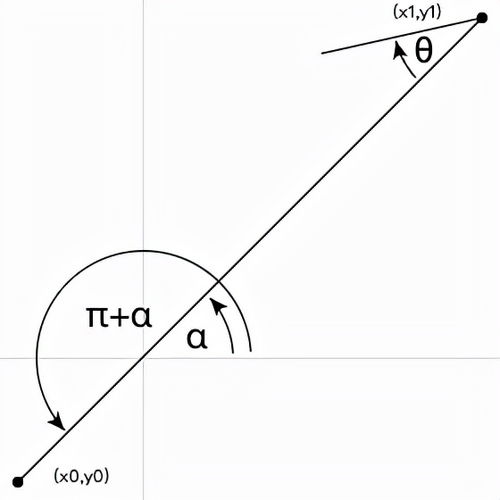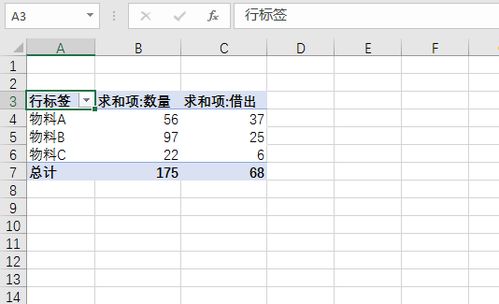js random函数:JavaScript Math.random 函数全面指南,从基础到高级用法
JavaScript 是一种灵活且强大的编程语言,而 Math.random() 是其内置函数库中的一个实用工具,这个函数能够生成随机数,广泛应用于游戏开发、密码生成、随机排序、抽奖系统等场景,本文将深入探讨 Math.random() 的用法、常见问题及解决方案,帮助你在开发中高效利用这一函数。
Math.random() 的基本用法
Math.random() 函数返回一个介于 0(包含)和 1(不包含)之间的伪随机浮点数,其语法非常简单:
const randomNumber = Math.random(); console.log(randomNumber); // 输出:0.123456789...
这个函数不需要任何参数,直接调用即可。

生成指定范围内的随机数
虽然 Math.random() 返回的是 0 到 1 之间的数,但通过简单的数学运算,我们可以生成任意范围内的随机数。
生成 0 到 n-1 的随机整数
function getRandomInt(max) {
return Math.floor(Math.random() * max);
}
console.log(getRandomInt(5)); // 输出:0 到 4 之间的随机整数
生成 a 到 b 的随机整数
function getRandomIntBetween(a, b) {
return Math.floor(Math.random() * (b - a + 1)) + a;
}
console.log(getRandomIntBetween(1, 10)); // 输出:1 到 10 之间的随机整数
生成小数随机数
function getRandomFloat(min, max) {
return Math.random() * (max - min) + min;
}
console.log(getRandomFloat(0.1, 0.5)); // 输出:0.1 到 0.5 之间的随机小数
随机选择数组元素
在实际开发中,我们经常需要从数组中随机选择一个或多个元素,以下是几种实现方式:
随机选择一个元素
const items = ['苹果', '香蕉', '橙子', '葡萄']; const randomItem = items[Math.floor(Math.random() * items.length)]; console.log(randomItem); // 随机输出数组中的一个元素
随机选择多个不重复的元素
function getRandomItems(array, count) {
const shuffled = [...array].sort(() => 0.5 - Math.random());
return shuffled.slice(0, count);
}
console.log(getRandomItems(items, 2)); // 随机输出数组中的两个不重复元素
生成随机密码
随机密码生成是 Math.random() 的一个经典应用场景,以下是一个生成随机密码的示例:

function generatePassword(length = 8) {
const charset = 'abcdefghijklmnopqrstuvwxyzABCDEFGHIJKLMNOPQRSTUVWXYZ0123456789!@#$%^&*()';
let password = '';
for (let i = 0; i < length; i++) {
password += charset.charAt(Math.floor(Math.random() * charset.length));
}
return password;
}
console.log(generatePassword(12)); // 生成长度为 12 的随机密码
常见问题与解决方案
随机数重复问题
Math.random() 是伪随机数生成器,虽然在大多数情况下足够随机,但在某些场景下可能会出现重复,如果需要更高质量的随机数,可以考虑使用 crypto.getRandomValues():
const array = new Uint32Array(1); window.crypto.getRandomValues(array); const random = array[0] / 0x100000000; console.log(random); // 更高质量的随机数
随机排序数组
使用 sort() 方法并传入一个随机比较函数可以实现数组的随机排序:
const numbers = [1, 2, 3, 4, 5]; numbers.sort(() => Math.random() - 0.5); console.log(numbers); // 随机排序后的数组
避免随机数种子固定
在某些情况下,如果程序多次运行,可能会得到相同的随机序列,这是因为 Math.random() 的实现依赖于内部状态,可以通过调用 Math.random() 多次来“随机化”状态:

// 在初始化时调用多次 Math.random()
for (let i = 0; i < 100; i++) {
Math.random();
}
实际应用场景
游戏开发
随机数在游戏开发中无处不在,例如生成敌人位置、随机掉落物品等:
// 生成敌人位置 const x = Math.random() * canvas.width; const y = Math.random() * canvas.height;
抽奖系统
在抽奖系统中,随机选择中奖者是常见需求:
const participants = ['Alice', 'Bob', 'Charlie', 'David'];
const winner = participants[Math.floor(Math.random() * participants.length)];
console.log(`恭喜 ${winner} 获得奖品!`);
随机颜色生成
随机颜色可以用于生成动态背景或随机配色方案:
function getRandomColor() {
const r = Math.floor(Math.random() * 256);
const g = Math.floor(Math.random() * 256);
const b = Math.floor(Math.random() * 256);
return `rgb(${r}, ${g}, ${b})`;
}
console.log(getRandomColor()); // 输出类似 "rgb(123, 45, 67)" 的字符串
Math.random() 是 JavaScript 中一个强大且灵活的工具,能够满足大多数随机数生成需求,通过本文的介绍,你应该已经掌握了如何使用 Math.random() 生成不同范围的随机数、随机选择数组元素、生成随机密码等实用技巧,我们也探讨了常见问题及其解决方案,帮助你在实际开发中避免潜在的陷阱。
在使用 Math.random() 时,注意其伪随机特性和种子固定问题,必要时可以考虑更高级的随机数生成方法,希望本文能为你的开发工作提供帮助!
相关文章:
文章已关闭评论!









